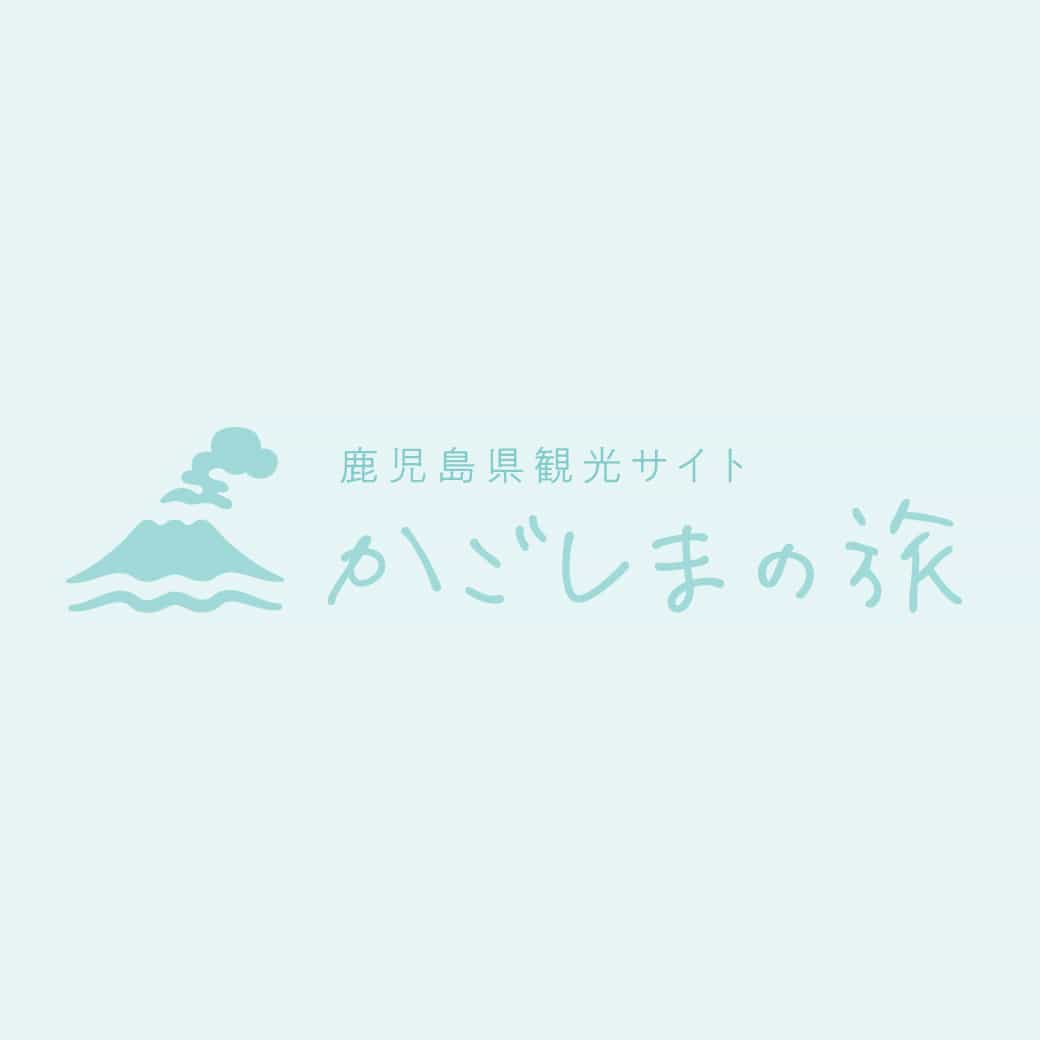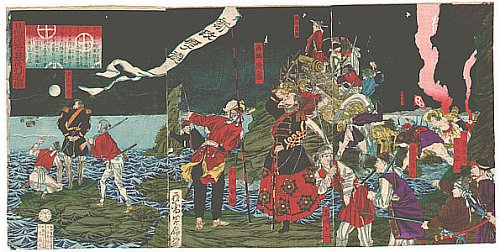Kinwashi Tour Japan Thread
-
Haha
a few wild Boars at lower Pierce Reservoir came out roaming.
what a big deal...really sua Koo.
see in Japan at Miyagi.
what? wild animal came out from the wild.
-
See this map...
what will be our strategy on our tour plan for ten days, free and easy.
http://diddlefinger.com/m/kagoshimaken/kirishimashi/
so already confirmed eight tourists from Singapore include me, on two rental cars.
My friend Suzuki chan will be on his convoy leader car, which will be on his own car.
Total three...will heading this expedition.
-
on the map. the places we need to cover.
Ibusuki Onsen...hot.
and my kakis say, it a must on the expedition.
Kamikaze...Chiran...historic.
a must.
Sakurajima...the active Volcano mountain.
everyday eruption also a must.
Yakushima..the world nature Heritage,
they also want.
Krishima the highland, maybe not sure whether we will cover this time.
and many others..as like Kanoya.
The above i already shown them the pictures and the story which i covered before.
-
Ibusuki.
source

-
-
This ones Yakushima.
Need to climb up the mountain.
depend on how you do it 6 hours also can.
Just to see this.
main attraction. the 7000 year olds
Cider tree.

-
What make famous this higland.
Krishima.
The 16th Ryoma honeymoon walk in Kirishima - Kirishima-shi
www.city-kirishima.jp.e.bj.hp.transer.com/modules/.../index.php?id...Kirishima-shi is the ground appointed by honeymoon that wife dragon is said to be beginning with Ryoma Sakamoto of Tosa in Japan in 1866 first in national ... -
So this samurai Ryoma Sakamoto.
on the TV.
in Japan a drama series.
-
The only Samurai and the only one went honeymoon to this highland.
Krishima.
http://www.city-kirishima.jp.e.bj.hp.transer.com/modules/page059/index.php?id=9
-
More..
Ryoma Sakamoto.
Uploaded by Virtuafighterz on Nov twelve, 2,010
I am trying to mystery to assassinate to distort the facts in order to set someone up as hero Ryoma Sakamoto, Nobuo Imai in 1870 after the surrender war Hakodate, have admitted receiving the inquiry Sakamoto, the assassination Nakaoka which, in later years Imai itself did not come forward it to.
Which was published in the "Kinki critic" without permission in 1900 as a reading of the story told in the fellow off-the-record Imai, its contents were a lot has been dramatized.
Ryoma assassination is an extension of the attack rather than anything in the mystery shop Terada. Sakamoto Ryoma is a non-commissioned officer could not even convince the lord let alone have the authority to move the clan a Tosa until his death in feudal society, was a social position that also has a role and monitoring were allowed to felony Dappan that Kenzaburo Okamoto said . -
-
-
To be continue.
another famous samurai from Kagoshima.
source
-
-
-
-
So you know now where is,
IBUSUKI...Japan.
fun fun fun.
GREAT IBUSUKI.
see the foods the merry go round cold noodle a must, if you are there.
not forgeting the sand onsen and many others.
Kuro-buta (black pork)...etc,
video.
-
So what will be the distance from base Kagoshima city to Ibusuki,
and how long you need to cover all this many places of interest or maybe only some.
we will do.
So we need to plan, to stay over night or back to base, yet to decide, depend.
Ibusuki To Kagoshima Distance
Ibusuki is one of the Japan city. It is located at the longitude of 130.607655 and latitude of 31.247655. Kagoshima is a Japan city located at the longitude of 130.547655 and latitude of 31.577655 . The total distance between Ibusuki to Kagoshima is 37 KM (kilometers) and 143.81 meters. The mile based measurement distance is 23.1 milesIbusuki direction from Kagoshima:
Ibusuki is located nearly south side to Kagoshima. -
who will do like this?
cold noodle.
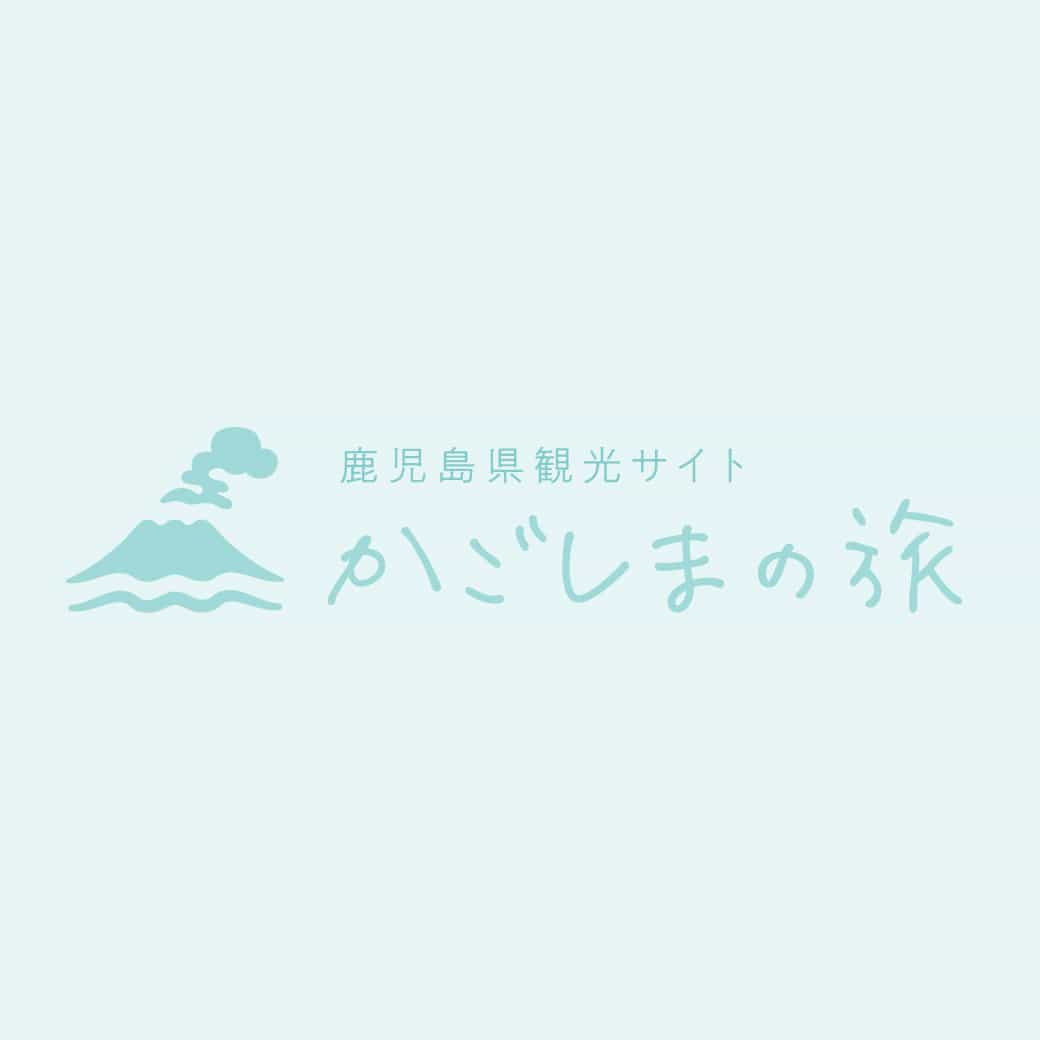
~Enjoy somen noodles that flow down the cold stream of groundwater in circles~
Somen noodles are cooled in pure water that well up from under the ground, scooped up from the stream and dipped in soy sauce flavored sauce to eat. The unique table developed for flowing somen noodles has a tube running through it in which fresh groundwater is circulated. Enjoy eating somen noodles at your own pace.
â—�Chojuan:
â—�Municipal Operation: -
http://www.kagoshima-kankou.com/for/areaguides/ibusuki-chiran.html
All about Kagoshima -sightseeing, accommodations, shopping, gourmet, hot spring -
Top > Area Guides > Ibusuki & Chiran
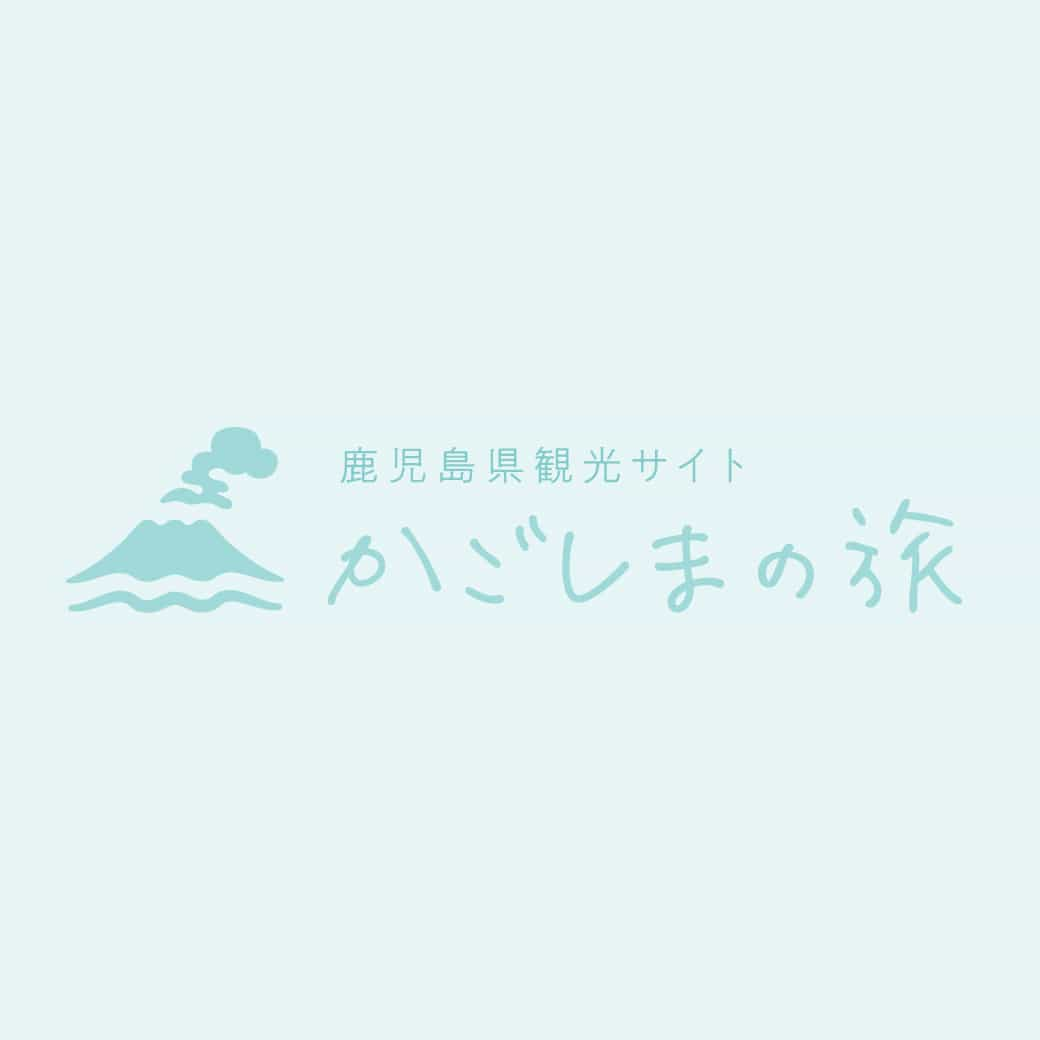
Ibusuki, which is located in the southernmost tip of Japan, is a resort where subtropical plants thrive, and has been known from olden days as a place of abundant hot springs. In particular, the only natulal steam sand bath is one you would want to try at least once. The body is covered with sand heated by hot springs that naturally well up from the earth on the beach to provide therapy. It stimulates perspiration and produces a significant effect to reinvigorate the body and beautify the skin. In Chiran, you can tour a part of town where old samurai residences are preserved along beautiful streets in typical Japanese style
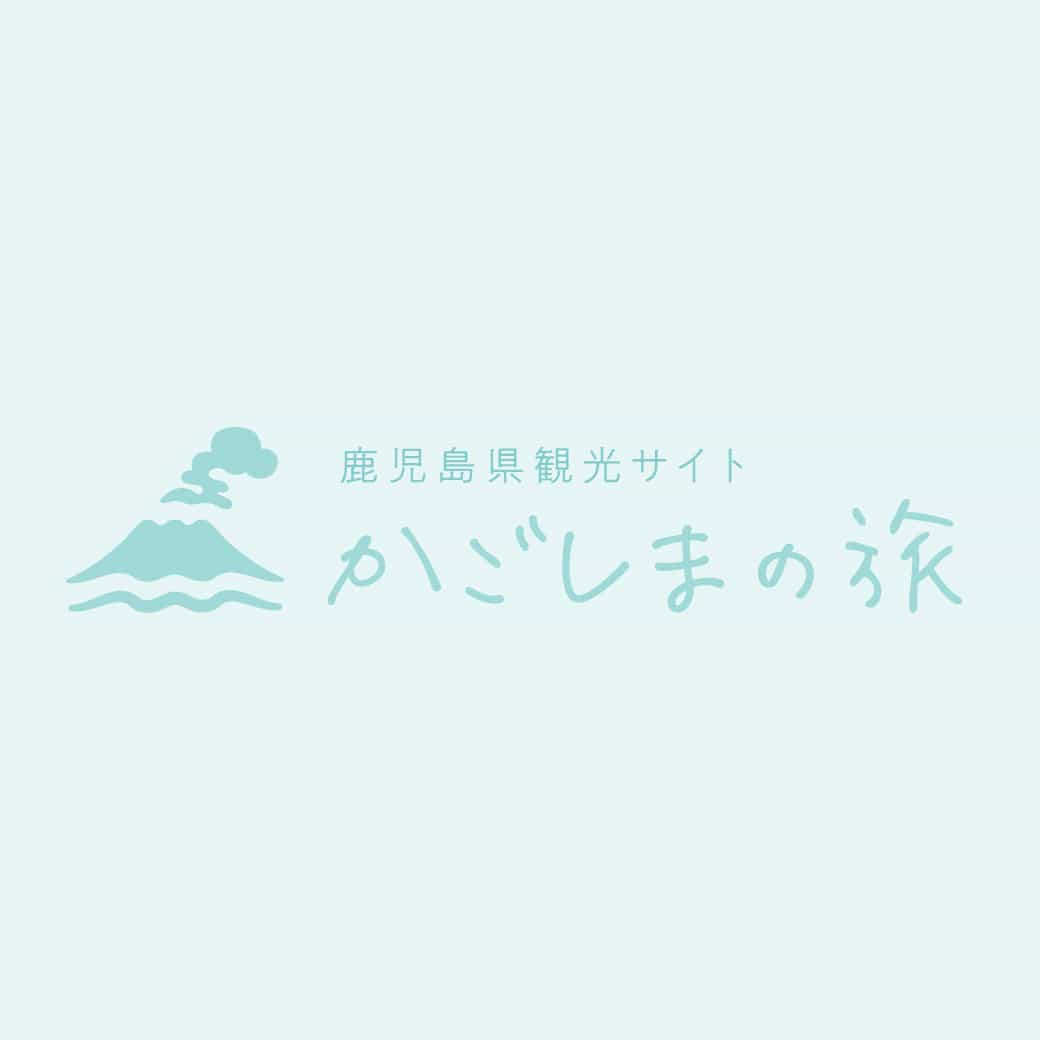
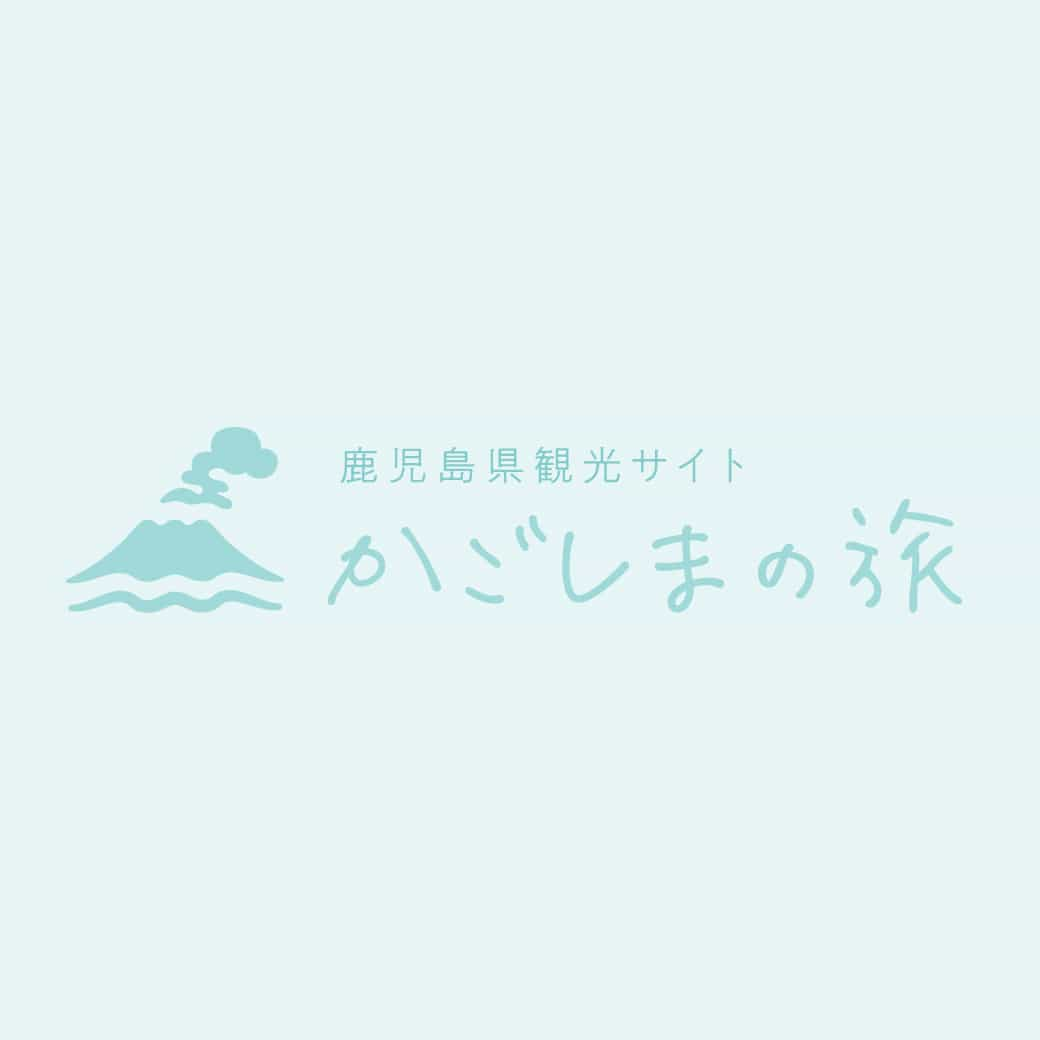
Ibusuki Hot Springs Map
Steam sand bath facility
Facilities that provide steam sand bath
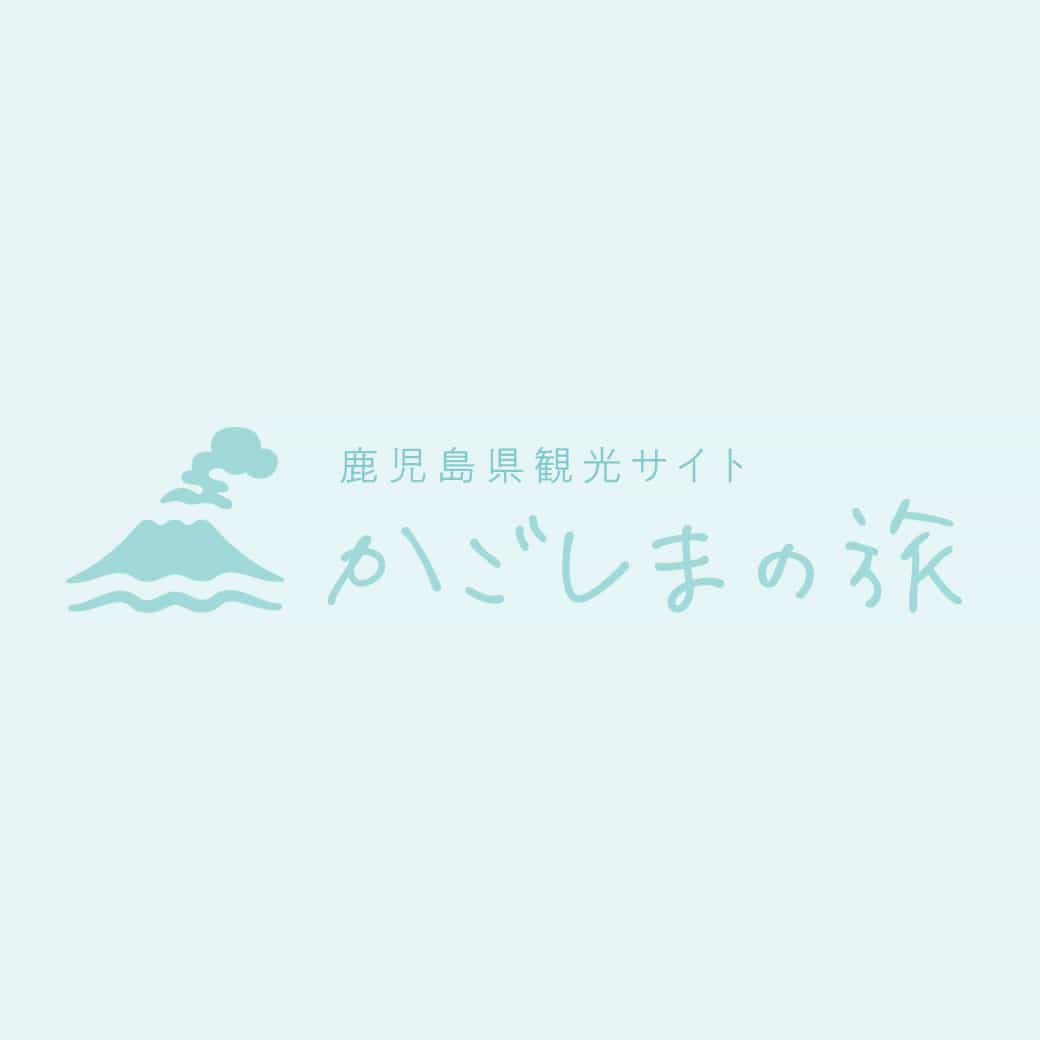
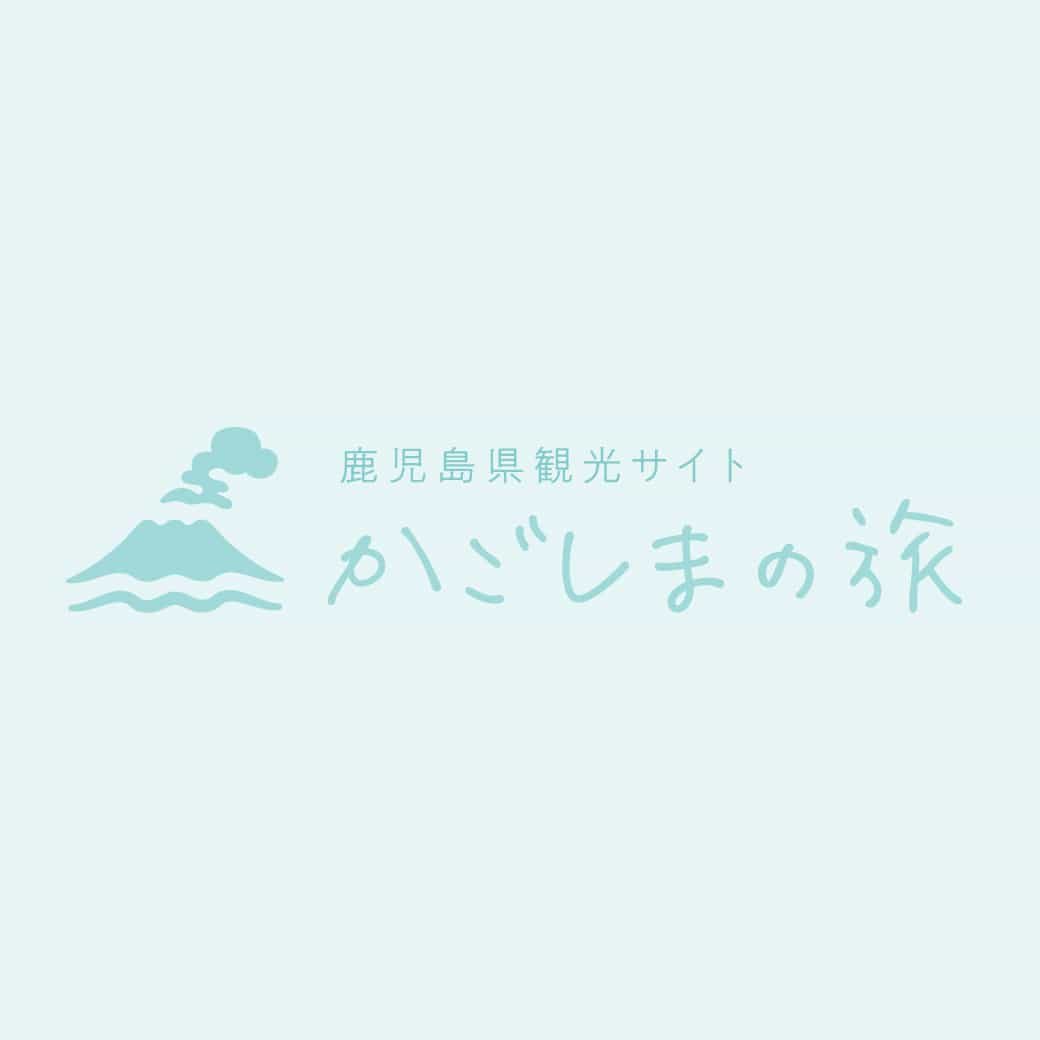 Kaimon Sanroku Koryoen
Kaimon Sanroku Koryoen
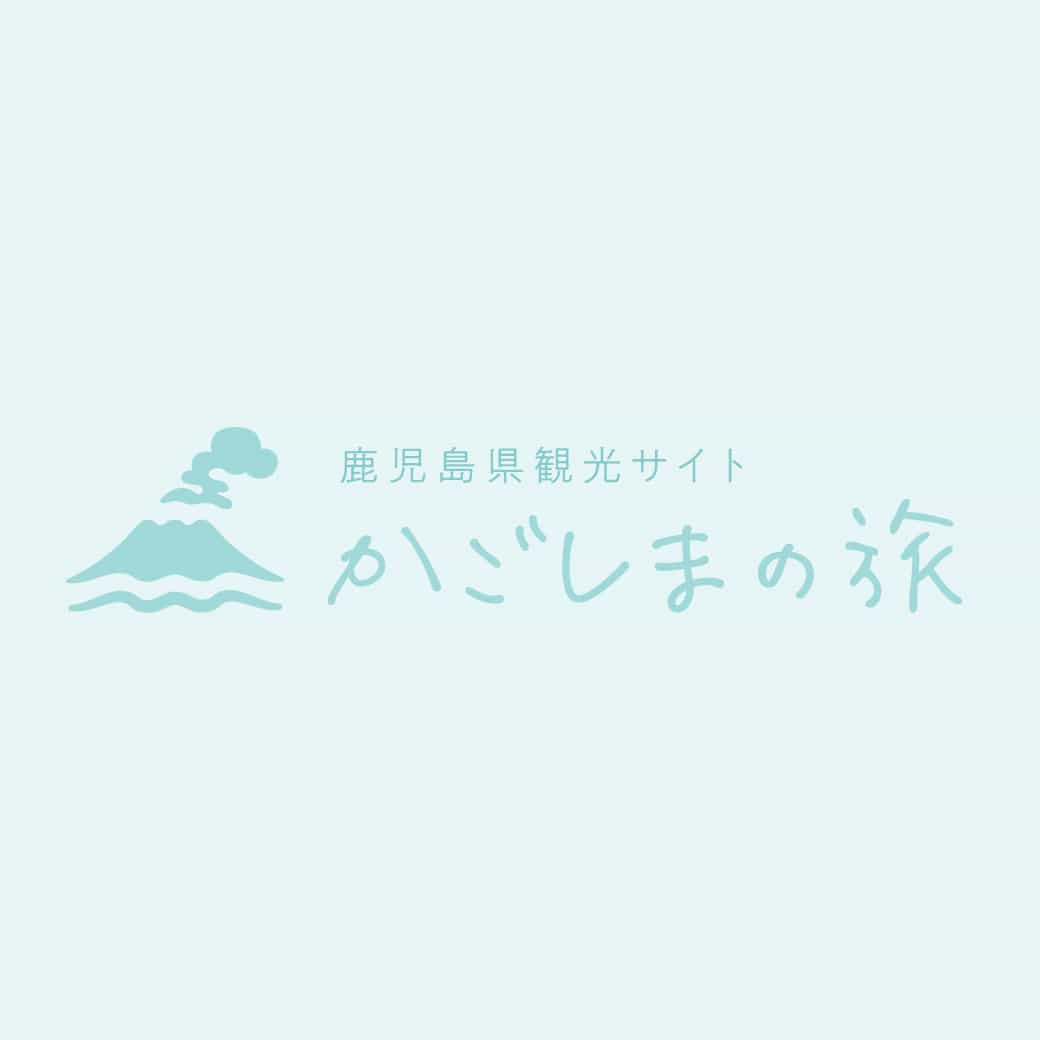
First in Japan to grow herbs
The scent of herbs wafts through the air in the gardens. There is a garden shop selling perfumes, fragrances and colognes, in which there is a corner dedicated to selling seedlings of rare herbs and a sample garden where about 100 types of herbs are grown (refer to the Reference Materials for details).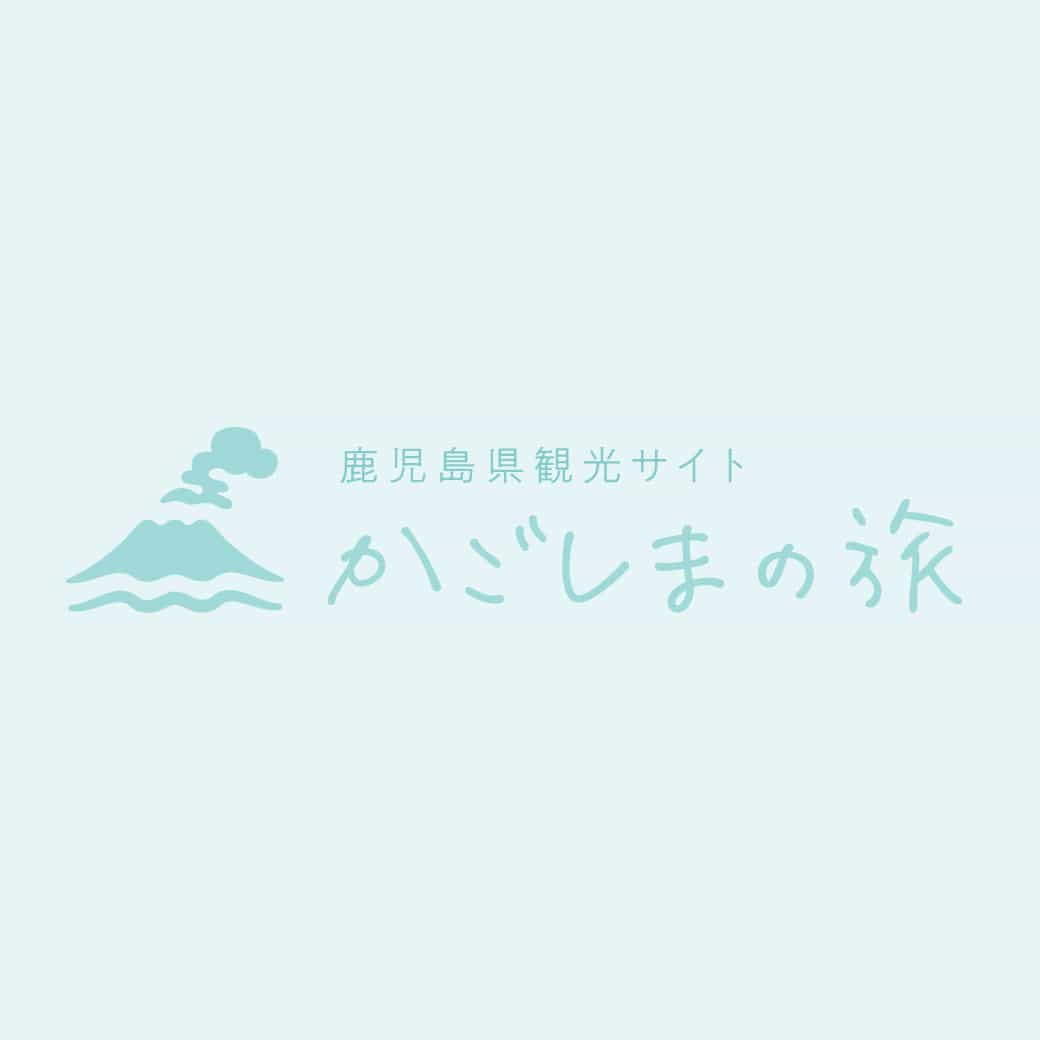 Lake Ikeda
Lake Ikeda
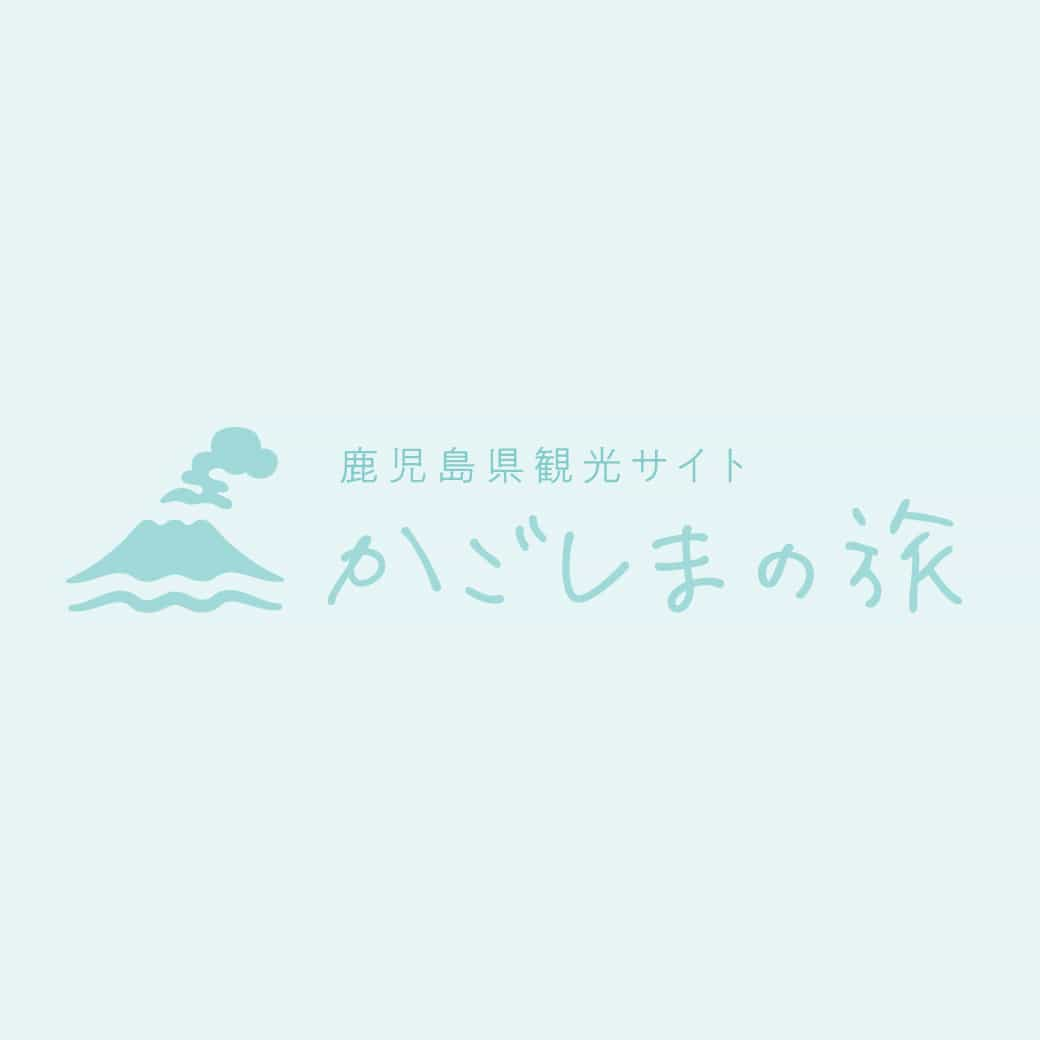
Mt. Kaimon and Kyushu's largest lake
Kyushu's largest lake with a maximum depth of 233m and a circumference of 15km. From late December, rape blossoms are in full bloom by the lake. Japan's largest eel, which has length of 1.8m and circumference of 60cm, inhabit the lake.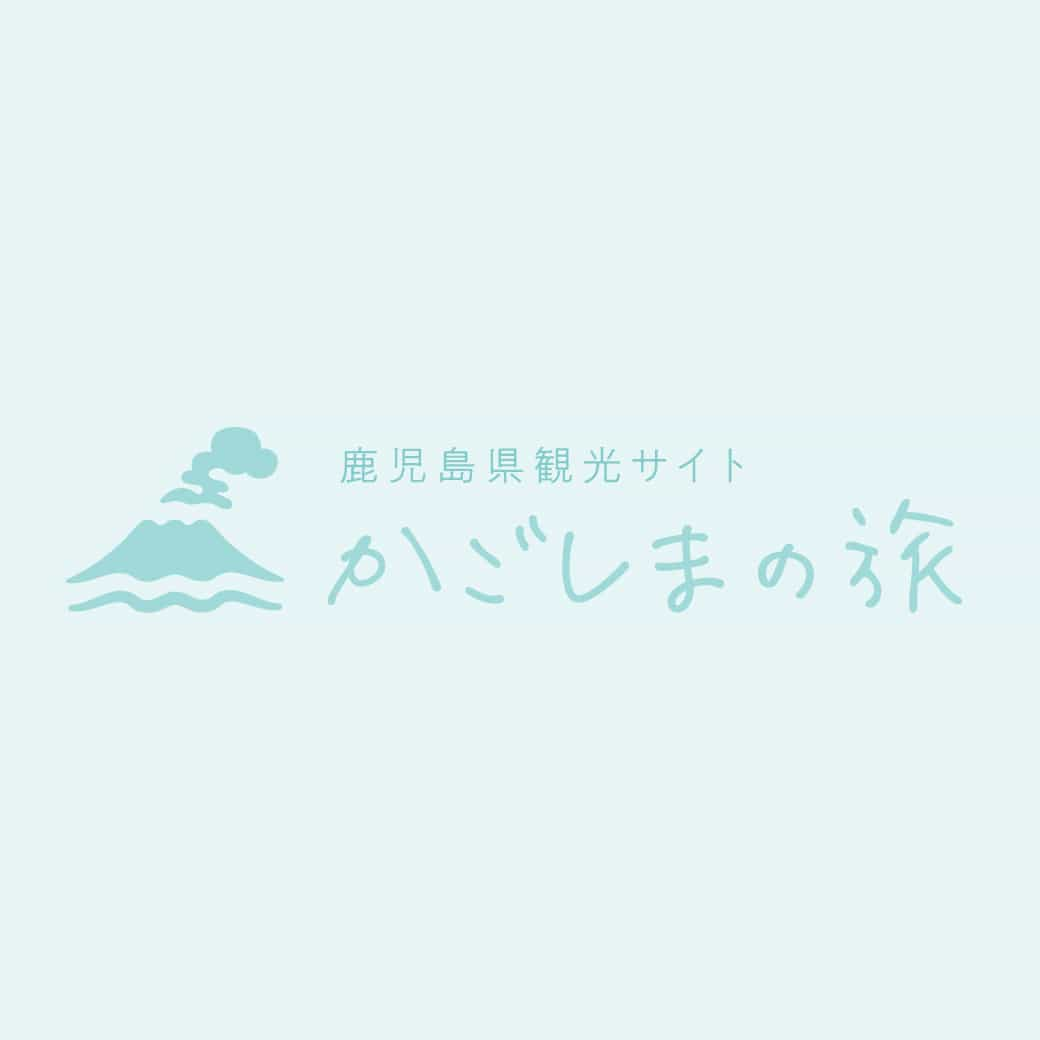 Flower Park Kagoshima
Flower Park Kagoshima
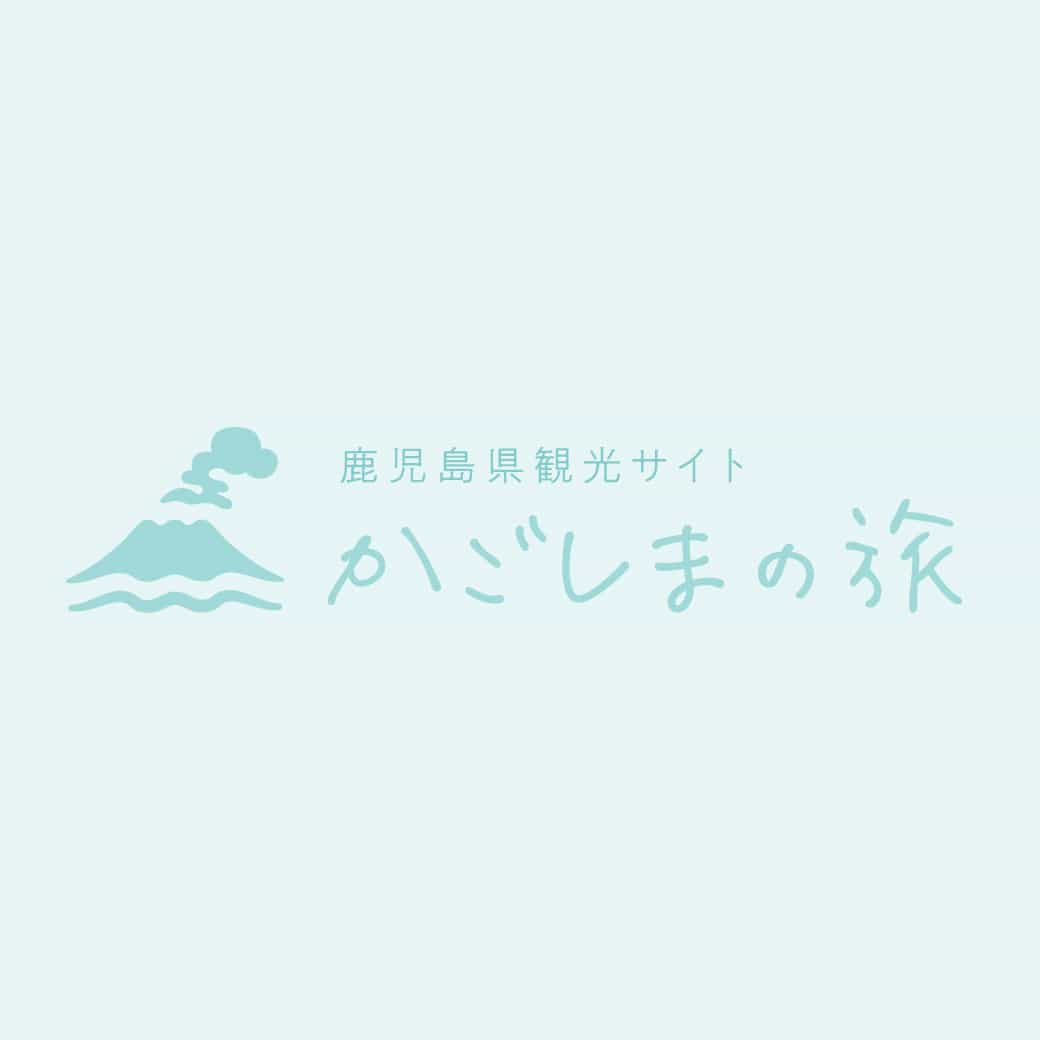
Japan's largest floral theme park
The largest floral theme park in Japan where approximately 2,400 species and 400,000 plants, mostly subtropical, are grown in the expansive 36.5ha land (refer to the Reference Materials for details)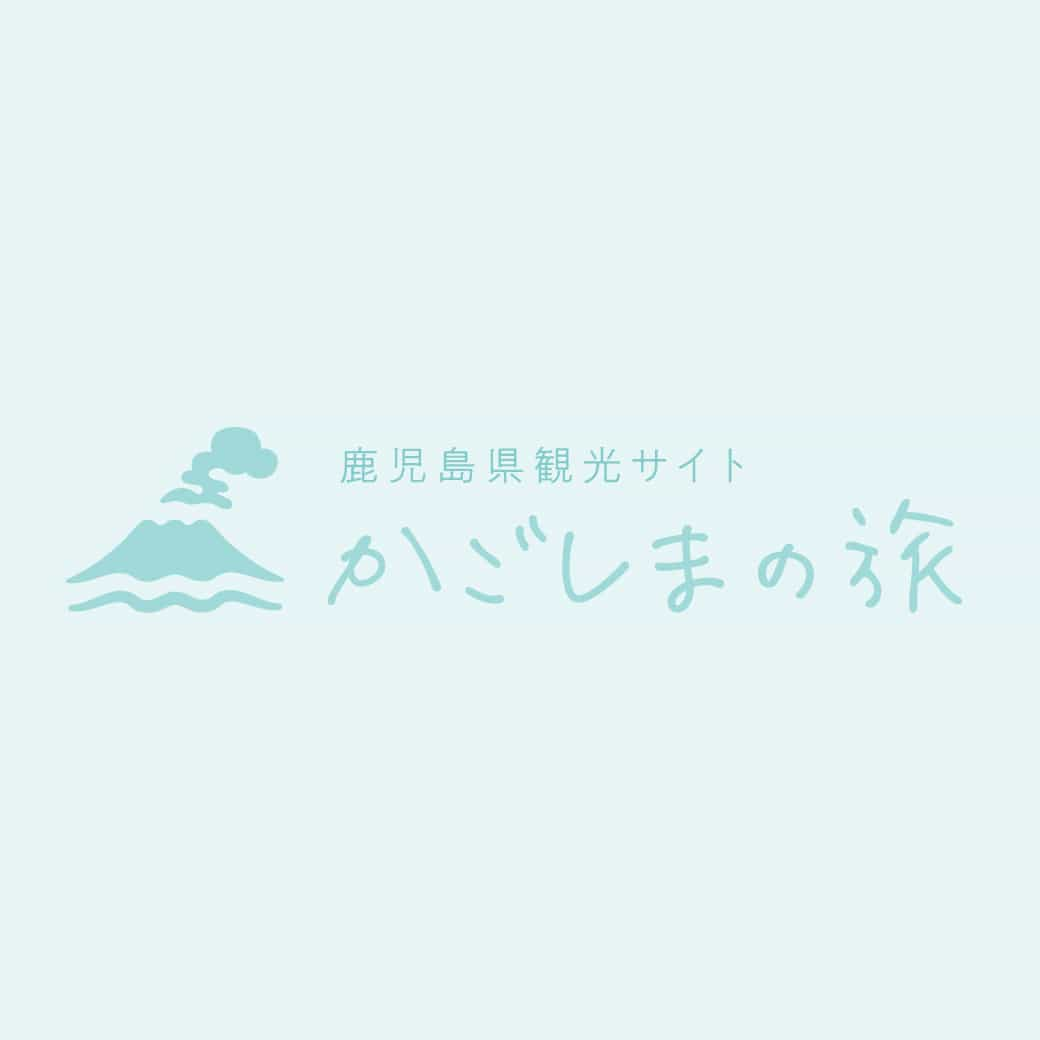 Nagasakibana Parking Garden
Nagasakibana Parking Garden
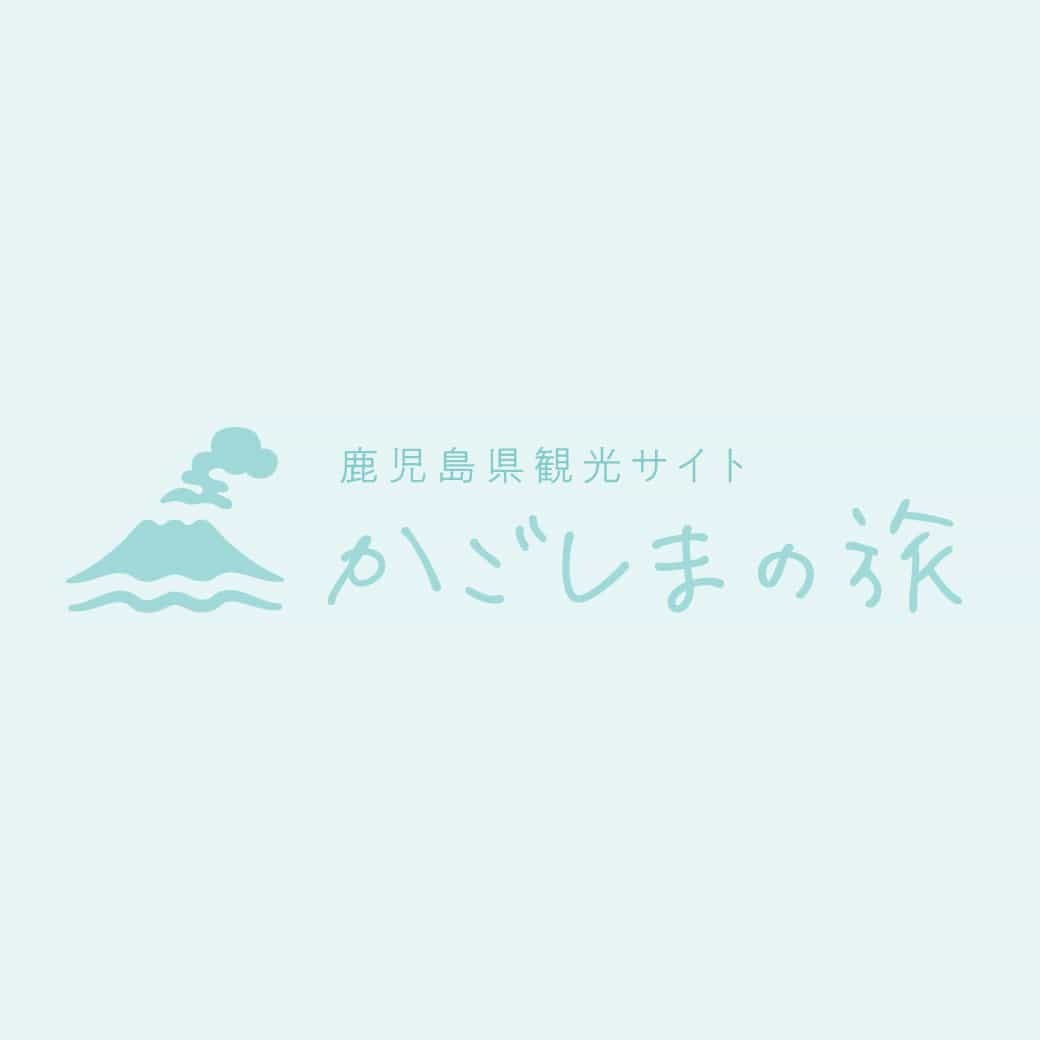
A park in the southernmost tip of Satsuma Peninsula
The luxuriant park is located in the southernmost tip of Satsuma Peninsula and subtropical plants grow rampant there. The flamingo show is also popular (refer to the Reference Materials for details)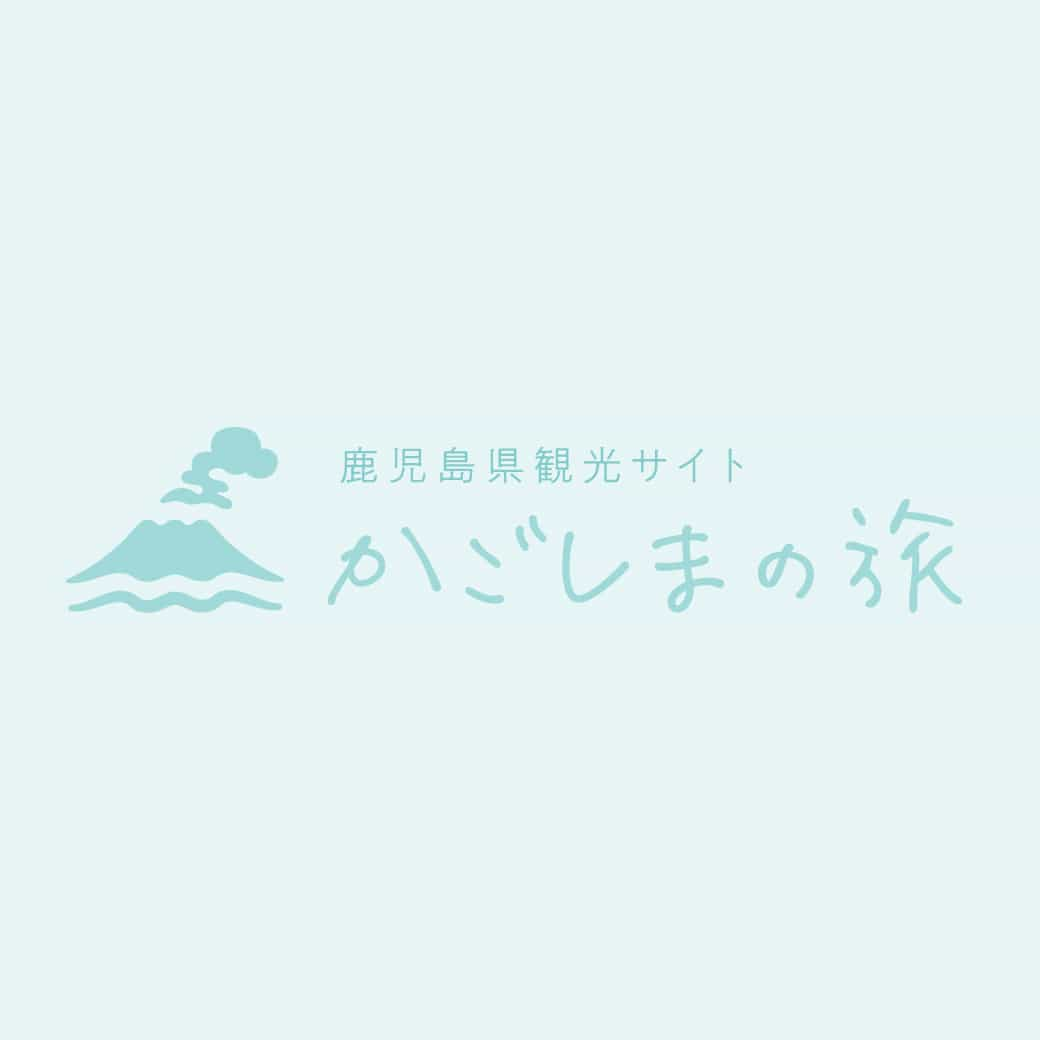 Chiringajima Island
Chiringajima Island
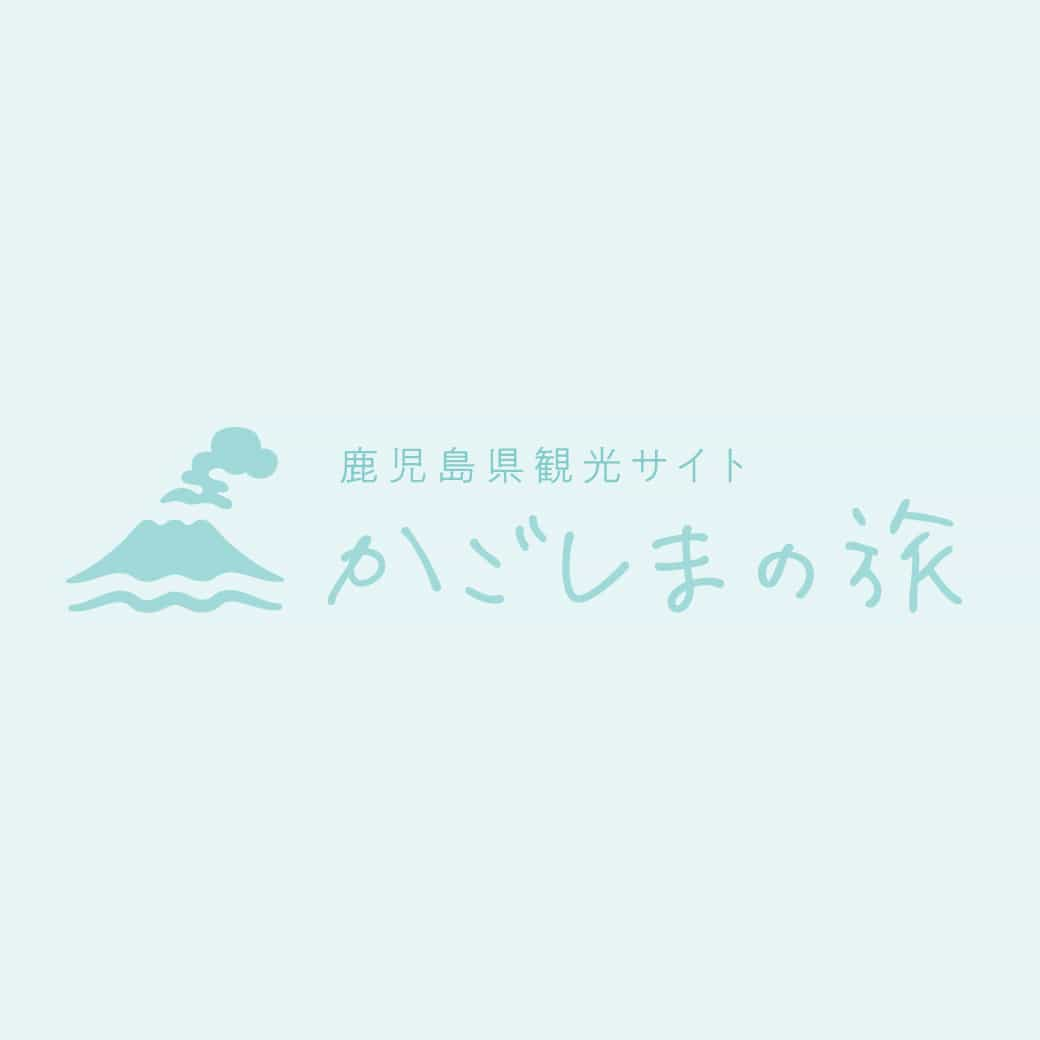
Bridge of sand appears at low tide
A desert island 3km round floating in Kinko Bay. Although it is 800m away from the shores, it can be reached on foot at low tide when the sandy path appears.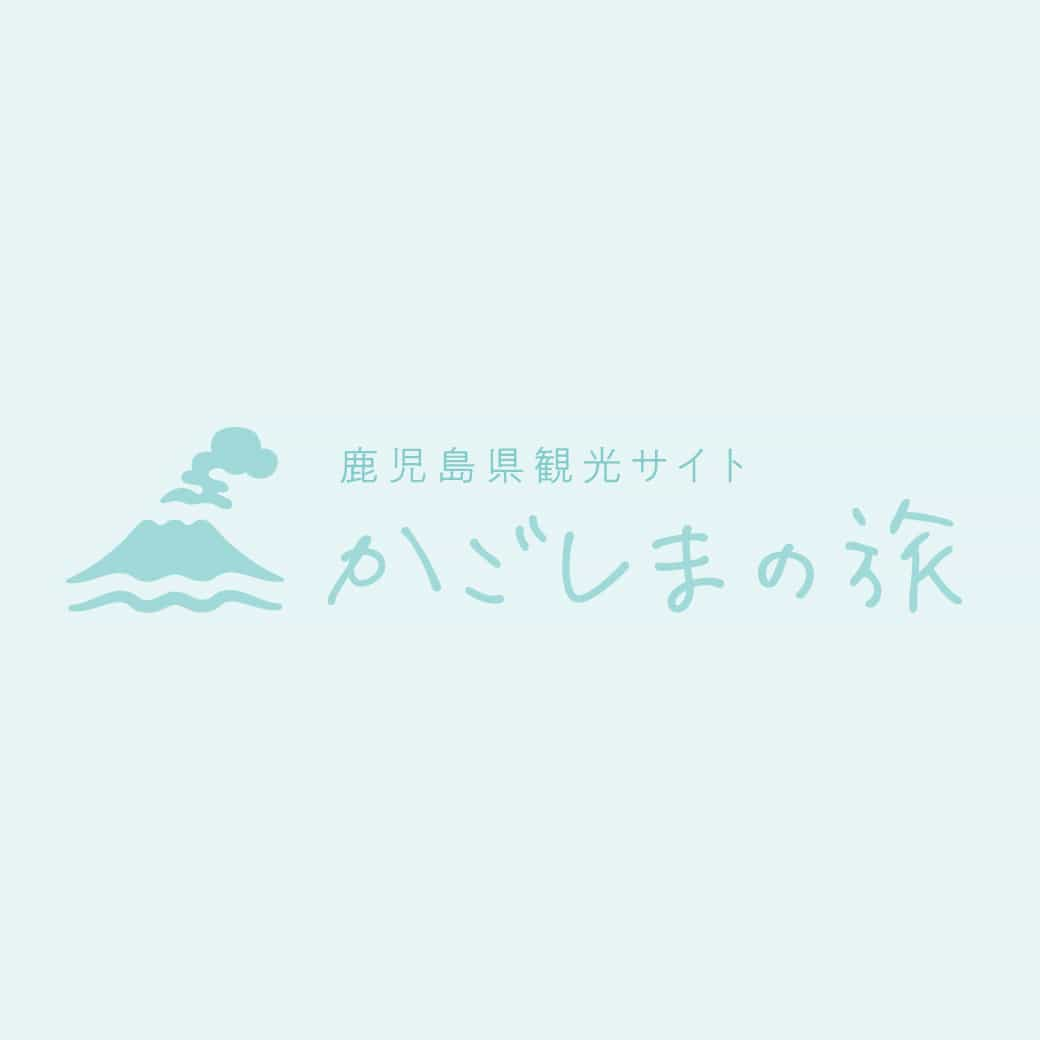 Healthy Land(outdoor baths)
Healthy Land(outdoor baths)

Bathe while appreciating a spectacular view.
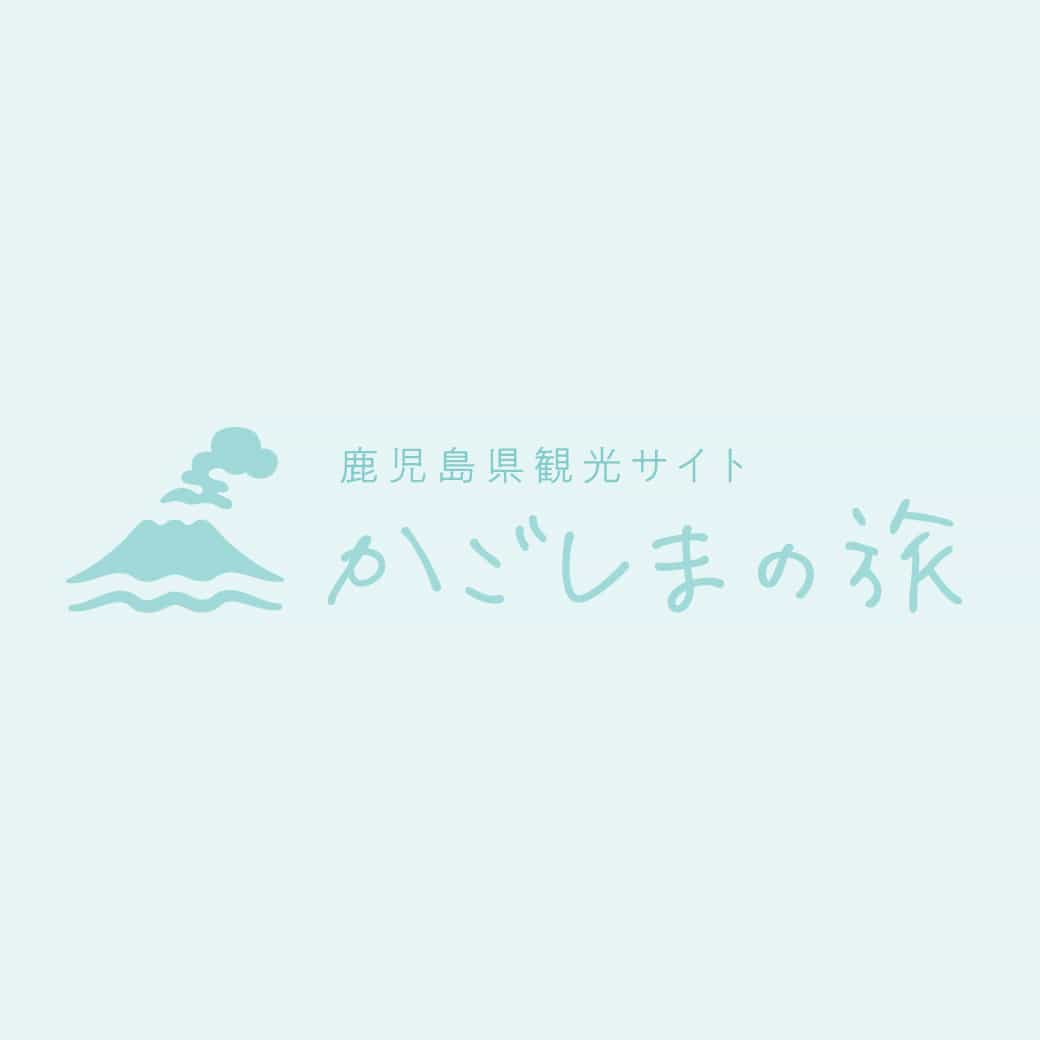 The birthplace of rotary serving table for somen noodles, Tosen Valley
The birthplace of rotary serving table for somen noodles, Tosen Valley

~Enjoy somen noodles that flow down the cold stream of groundwater in circles~
Somen noodles are cooled in pure water that well up from under the ground, scooped up from the stream and dipped in soy sauce flavored sauce to eat. The unique table developed for flowing somen noodles has a tube running through it in which fresh groundwater is circulated. Enjoy eating somen noodles at your own pace.
â—�Chojuan:
â—�Municipal Operation:How to take a stream sand bath

Travel back in time and feel like a samurai
 Access to Chiran by BusChiran Map
Access to Chiran by BusChiran Map -
-
http://www.artelino.com/articles/saigo-takamori.asp
Edutainment > Saigo Takamori 1827-1877 - The Last Samurai
Saigo Takamori I
by Yoshitoshi Tsukioka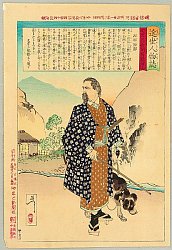
Yoshitoshi - Biography
Saigo Takamori - Kinsei Jinbutsu Shi
copyright protectedThe film The Last Samurai brought a lot of attention and hype to a historic figure in Japan - Saigo Takamori. Although the film is very impressive and worth seeing it, the story is a fiction that takes historic events and characters as a basis and source of inspiration.
But who was Saigo Takamori and what was the insurrection of the samurai all about?
The images on this page are link-sensitive and take you to other articles or web sites in which you might be interested.
Who is Who? - Film and Real Characters
For those of you who saw the film, a short reference to names.
Saigo Takamori is the historical figure for Katsumoto in the film - played by Watanabe Ken. And Omura, his opponent in the film and proponent of a strict Westernization of Japan, was in reality Okubo Toshimichi, 1830-1878. The producers of the film obviously tried to model the actors after their historic appearance. The two actors, representing Katsumoto and Omura have a certain physical similarity with their paragons from history.
No historic basis exists for the US captain Algren in the film. The Satsuma rebellion was an all Japanese event.
-
A Giant of a Man
Saigo Takamori II
by Chikanobu Toyohara 1838-1912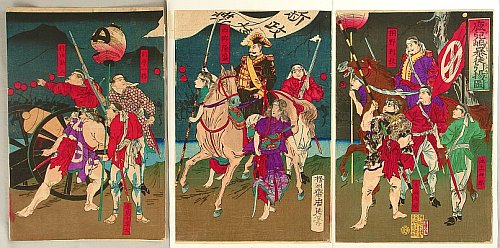
Chikanobu Toyohara - Biography
Kagoshima Rebellion
copyright protectedSaigo Takamori was born as the son of a low-ranking samurai. After some military and religious training, he joined the services of Shimazu Nariakira, the local daimyo of Satsuma, on the Southern island of Kyushu.
After the death of his lord, Saigo Takamori fell in disgrace. He was even banned to a remote island and had unsuccessfully tried to commit suicide. Saigo was later readmitted to serve in thedaimyo's army and was among the commanders of the successful march of the Satsuma and Choshu troupes towards Kyoto.
Saigo was of an impressive appearance. He was 180 cm (nearly 6 feet) tall, a huge giant for his time and for Japanese men. And while tall people often tend to be skinny and fragile, Takamori was quite the opposite - a stout giant with a huge head and a neck like a bear.
The Samurai Class
Saigo Takamori III
by Tomikichiro Tokuriki 1902-1999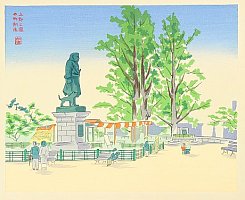
Tokuriki Tomikichiro - Biography
Mr. Saigo and His Dog - New Famous Places of Tokyo
copyright protectedThe origins of the samurai as a class of its own go back to the times when the Heike and Genji fought bitter wars against each other during the 10th and 11th century. Toyotomi Hideyoshi, 1537-1598 introduced far-reaching reforms to the status of the warrior class. To have better control over the samurai they were ordered to live permanently in castles. Before Hideyoshi's reforms, most samurai cultivated a piece of land. And only in war times they were called to arms. In order to feed and maintain the new warrior class, Hideyoshi had introduced a system of rice taxation.
Hideyoshi had introduced a rigid system of social classes with samurai on top of the hierarchy, next the farmers, then the crafts persons, and the merchants at the lowest end (shi-no-ko-shosamurai-farmer- craftsmen-merchant). The membership to a class was defined by birth. Moving from one class to another was impossible.
The samurai had far-reaching privileges. Only they were allowed to wear weapons. To a certain degree they were above the law and could for instance kill a commoner who had insulted them. The life of a sumurai was defined by bushido - a code of honor, which is not easily accessible to Westerners. Central points of bushido are the total loyalty towards one's master and the conviction that an honorable death is preferable to a life in shame.
After Hideyoshi came Tokugawa Ieyasu, 1543-1616. He finished the job of pacifying and unifying Japan. Ieyasu moved the capital to Edo and established the rule of the Tokugawa shogunate (military rulers), which should last until 1868. This period of roughly 265 years was a time of peace, stability and modest wealth under the strict rule of the Tokugawa bakufu.
The samurai class was about 8% of the total population. Due to the absence of war, they were now without their original occupation. Many of them took some public posts as civil servants. But basically they were an idle class that had to be fed by the classes of the farmers, craftsmen and merchants.
The Restoration of the Emperor
Saigo Takamori IV
by Toshimine Tsutsui 1863-1934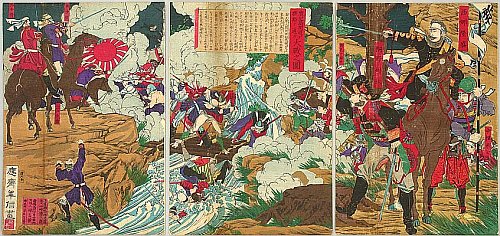
Emperor Meiji
Saigo at Mt.Hanaoka - Kagoshima Rebellion
copyright protectedIn January 1868, troupes from Satsuma and Choshu had marched to Kyoto in a coup d'etat, occupied the imperial palace and proclaimed the restoration of power to the emperor. The Japanese emperor had been a purely representative figure for more than a thousand years. Driving force behind this move were powerful clans - mainly from the South - opposed to the Tokugawa family. The emperor was more like a chess figure, of whom they took use to achieve their goals and gain public support.
In 1868 the young emperor Prince Mutsuhito, only 15 years old, (was) moved from Kyoto to his new residence in Tokyo. It marked the official end of the Tokugawa rule and the beginning of theMeiji era, named after the name which the young emperor had chosen. Meiji means theEnlightened Leader.
On May 15, 1868, a last uprise of adherents of the old shogunate order was turned down in the bloody battle of Ueno, the site of the park with the same name in Tokyo. Two thousand men loyal to the Tokugawa shogunate were gunned down by imperial troops under the leadership of Saigo Takamori.
The emperor held no real power, but he should become the flagship symbol of the new era. The actual power was exercised by a few noblemen and samurai from the Southern provinces of Satsuma and Choshu like Saigo Takamori and Okubo Toshimichi. These men were called the oligarchs. They secluded the young emperor from any outside influences and from the public. During the first years all decrees of the government were signed by the emperor and propagated to the public as the emperor's will.
Only in later years, the emperor gained more freedom and began to travel all over Japan on official visits. But that happened at a time when the system of Meiji government was firmly established and when the country and the public were unified under a new Japanese nationalism.
Abolishment of Samurai Privileges
Saigo Takamori V
by Yoshitoshi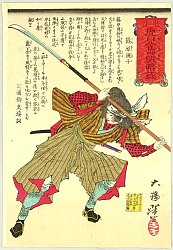
The Samurai Class
Heroine Battles - Kagoshima Rebellion
copyright protectedAlthough the fight against the old order of the Tokugawa shogunate had been led with the battle cry sonno joi, meaning something like "respect the emperor and expel the barbarians", the advocats of strict reforms after Western models soon got the upper hand. The new Meiji era marked the beginning of an extremely ambitious program of reforms in all areas of the Japanese society. Japan catapulted itself from a feudal state to a modern, powerful Asian nation shaped after Western models.
The driving force behind this process of modernization was Okubo Toshimichi. He and Saigo Takamori came both from Satsuma and had been close friends in the beginning. And also Toshimichi was the son of a samurai of lower ranks.
It was clear that something like the medieval class structure and customs of samurai and local aristocratic leaders could not be tolerated any longer under the new leadership. In 1871 far-reaching reforms had been introduced, which in practice abolished the class of the samurai and expropriated the once so powerful daimyo, the aristocratic regional leaders.
In January of 1872 the Japanese government had announced its intention to establish a national Japanese army of conscripts after Western patterns.
Saigo Takamori had supported the reforms in the beginning. But when the privileges of his own samurai class were abandoned, his conservative character was in conflict between the loyalty towards his country on one hand and towards his own class on the other hand.
Another bone of contention between Saigo and the majority of the Meiji government was the Korean issue. Takamori was a strong advocat of a swift invasion of Korea. The majority was against - not so much for ethical reasons. But they considered such a move as premature, too risky and were afraid of intervention by the Western powers. This discussion sheds an interesting light on the developments that unfolded twenty years later, when a nationalistic Japan invaded and occupied Korea in the Sino-Japanese war of 1894/95.
The Satsuma Rebellion of 1877
Saigo Takamori VI
by Kunichika Toyohara 1835-1900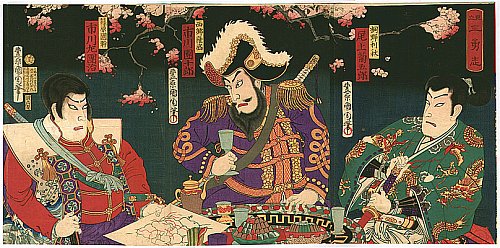
Kunichika Toyohara - Biography
Last Samurai - Kabuki.
copyright protectedIn the beginning of the Meiji government, many samurai found an employment in the imperial forces. The new conscript army must have been rather unattractive for the samurai. Thus the samurai class not only lost all privileges, but many saw themselves deprived of any possibilities to make a living and maintain themselves and their families.
As a consequence local riots broke out like in Saga in Kyushu province in 1874. The central government could not tolerate any losses of power or establishments of independent, regional war lords and crushed these riots swiftly by sending the newly formed national army into the region to restore law and order.
Wearing swords was forbidden in 1876 with the exception of ceremonial events. Overall a reasonable and appropriate decision. But it upset the majority of the samurai.
In 1876 Saigo Takamori resigned from his government post and went back to Kagoshima. He founded a local military school and dissatisfied samurai gathered around him in large numbers.
The central government watched the open build-up of a regional, political and military force in Satsuma with great concern. In late 1876 it came to an open conflict when samurai rebels raided and occupied ammunition and weapon depots of the central government.
The samurai rebels urged and proclaimed Saigo Takamori as their leader. According to most historians, he was surprised by the swift escalation of the situation and only reluctantly took the leadership of the rebellion. Half-hearted or not, Saigo organized the military rebellion and put together an army of roughly 25,000 men that later may have grown in size, when more samurai volunteers rushed to the rebel forces.
Saigo had the original intention to march with his army towards Tokyo. His first military charge was the siege of the imperial garrison in the castle of Kumamoto. That was probably a decisive military mistake. While Saigo's army was bound by the siege, the government gained additional time to deploy troops and bring military supplies to the South.
Indeed, the central Meiji government, legalized by a decrete to crush the rebellion - signed by the emperor - acted swiftly and sent the new national army. The siege of Kumamoto castle was ended after 54 days. Saigo's troops were defeated and slowly pushed back to Kagoshima in the utmost South.
The Last Battle
Saigo Takamori VII
by Yoshitoshi Tsukioka
Meiji Period
Saigo at Mt.Hanaoka - Kagoshima Rebellion
copyright protectedAfter numerous skirmishes and battles, Saigo Takamori with a small number of roughly 300 die-hard samurai gathered for a last stand in the hills of Shiroyama not far away from Kagoshima Castle and with a great view upon the sea.
By now, the rebels were hopelessly outnumbered, short of food, bare of ammunition and exhausted. It had been raining for days which made their old-fashioned cannons unuseable.
By now, Saigo and his last men knew that they had no chance and that their cause was lost. What kept them from surrendering was this strange (for Western minds) perception of honor. "An honorable death is preferable to a life in shame." To some unconfirmed reports, the commander of the imperial forces had sent a last letter to Saigo urging him to give up the hopeless fight.
In the early morning hours of September 24, 1877, the final artillery bombardment began. We could not find any detailed reports about the battle. This is probably an indication that the assault was not a hand-to-hand combat, but an artillery massacre against a small group of men who virtually had only their swords left to defend themselves.
The bodies of Saigo Takamori and other leaders of the rebellion were found beheaded. The last samurais had committed seppuku by cutting off each other's head with one strike of the sword. This was the traditional samurai way of committing suicide on the battlefield when no time was left for a ceremonial suicide.
Saigo Takamori - a Tragic Hero?
Saigo Takamori VIII
Yoshitoshi Taiso 1839-1892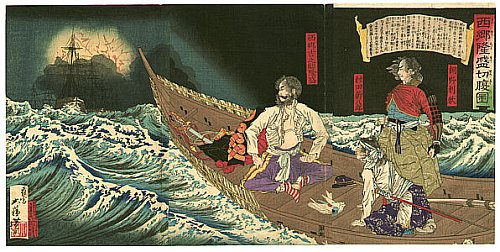
Seppuku
Saigo Takamori committing Seppuku Suicide
copyright protectedSaigo Takamori was revered by the ordinary Japanese people as a hero. And this attitude has not lost any of its momentum until our days - especially in the South of Japan. His esteem in the area of Kagoshima is best comparable to the esteem of General Robert E.Lee in Texas.
One can find a statue of Saigo Takakamori in full (Western) uniform in the Central Park of Kagoshima. And another - even more famous statue was erected in Ueno Park in Tokyo. It shows the great statesman and "last samurai" leisurely dressed in a kimono walking his dog.
Many years later, the Meiji government made a clever move. They pardoned the popular hero posthumously in 1889, promoted him to highest honours and did their best to establish the image of a tragic hero.
The Satsuma Rebellion and Ukiyo-e
Saigo Takamori IX
by Yoshitoshi Taiso 1839-1892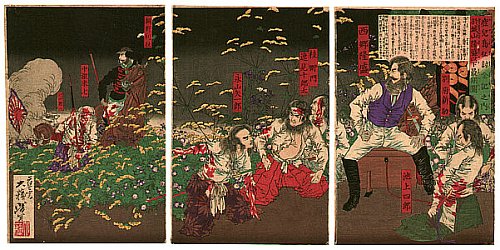
Ukiyo-e
The Last of Kagoshima Rebellion
copyright protectedThe news of the Satsuma rebellion had created a great thirst among the public to learn and view more about the events. Many ordinary Japanese could not at all or only poorly read and write at that time. And photography was still at its beginning. Therefore images made in traditional Japanese woodblock technique were a major means of bringing exciting events to the public.
Japanese newspapers employed or gave commissions to popular woodblock designers likeYoshitoshi. And for print publishers it was a good business in a generally reclining market.
The impression quality of these prints is not always the best. News related ukiyo-e was produced fast. Those who were on the market first, made the business. Collectors should know this and should be willing to make compromises. The charm of these designs and the value lie more in the historic subject and the rarity of individual designs. Also yokohama-e, images of Westerners and their customs and achievements are in this category.
Prints related to the Satsuma rebellion were designed by more or less all artists of the period likeKunichika or Yoshitora. And at the head of the pack was of course Yoshitoshi Tsukioka - the leading designer for sensational subjects of crime and blood.
For Yoshitoshi, who for years had hardly enough to eat, the huge demand for popular illustrations of the Satsuma rebellion was like a turning point of his career. He was flooded with commissions. And 5 years later, in 1882 he received a steady employment by Tokyo's leading newspaper.
The Film - Myths and Fictions
In the film The Last Samurai Tom Cruise plays Captain Algren, who comes to Japan as a military adviser for the Meiji government and ends up fighting for the cause of the samurai. The character of captain Algren is a fiction. No Westerner was among the samurai warriors.
In the early days of the Meiji era a few Western military advisers and trainers were however in the country. But they came from France and from Germany. Japan had decided to build up the new army of conscripts after French and Prussian models. No Americans were in any way involved in the build-up of Japan's army.
In 1871 a decrete was announced which recommended all official persons in public service or of higher social status, to wear Western clothes and to abandon the traditional samurai ponytail. This was a recommendation, but no ban.
The major myth of the film is the picture of brave samurai fighting with bows and arrows and swords against canons and modern guns - just as if they detested modern weaponry.
Apart from the final fight at Shiroyama, when the samurai rebels had been out of ammunition, this is nonsense under any historical aspects. Fire arms had been introduced by the Portuguese in the 16th century. Oda Nobunaga had immediately recognized the value of firearms for warfare and adopted them swiftly. The Japanese added some improvements to this technique and they had been used by samurai ever since.
Saigo's samurai rebels were equipped with cannons and guns. But their equipment was indeed inferior to the fire power of the imperial army. While the rebels were equipped with old guns which could shoot once per minute, the government forces had modern rifles that could fire six rounds per minute.
The armors and helmets worn by the samurai in the film, make a gorgeous picture and would be a great enrichment for a costume festival. But again - historically, this is wrong. The samurai rebels clad either in Western uniforms or in their own clothes. For better identification between friend and foe, the rebels wore a white band wrapped around the upper arm. Saigo Takamori himself is shown on all contemporary illustrations in a Western-style uniform of a high-ranking officer with all bells and whistles attached.
Dieter Wanczura
(February 2004, updated July 2009) -
Why? this is so popular.
Southern Japan.
still a new place, many peoples still not aware of it.
over here.
O...Japan shopping shoppings only and temples, expensive.
Peoples from Hong Kong, already know here,
many year before.
see their beef and pork from here, already in their market for many years.
which i was told by my freind Suzuki chan.
see.
http://www.wattention.com/archives/kagoshimaparadise-produces-fine-foods/
Kagoshima Wagyu
Japanese Black Cattle

Kagoshima Wagyu is the product of a long history of unceasing effort. One of the first livestock experimentation stations was established in Kagoshima in the Meiji period and has been used continuously ever since to improve the breed of Kagoshima Wagyu, a mix of Hashima-gyu, Kaseda-gyu and Tanegashima-gyu. Kagoshima, with its warm climate and great water, is the biggest producer of these black cattle in the country, raising each animal with utmost care and attention and safety-assured feed. Its defining silky texture, as well as the fine balance of fat and rich flavor melt in your mouth, leaving you in a state of ecstasy. Once you experience it, as a steak or sukiyaki, you are sure to become a devoted fan!
Kagoshima Kurobuta
Kagoshima Black Berkshire Pork

Kagoshima Kurobuta is created from mixing the Berkshire breed of England with a breed from Okinawa which was brought to Kagoshima about 4 centuries ago by the feudal lord at the time. Although it had established a nation-wide popularity already by the 1950s, the extra-long period required to raise these animals to marketable size and the small number of calves consequently almost lead them to be extinct at one point. However, the unique “sweetness” and the meltingly tender texture left an undeniable desire for the meat in those who had previously experienced it. With great passion and the tireless effort of these fans, Kagoshima Kurobuta is now back with a stable supply around the country and its legacy is secure. Enjoy it as shabu shabu, tonkatsu and stew!
-
Not too late to know, already over the celebration..
here. do you know?
http://sg.everydayonsales.com/24656/tomo-izakaya-fathers-day-special-promotion
no probelm, some other time.
Summary: Check out the Father’s Day Special Promotion at Tomo Izakaya. Come over and enjoy 50% discount on Kagoshima’s Wagyu Dish this Father’s Day, 17 June 2012. Let’s celebrate the men in your life with a sumptuous meal without breaking the bank.
